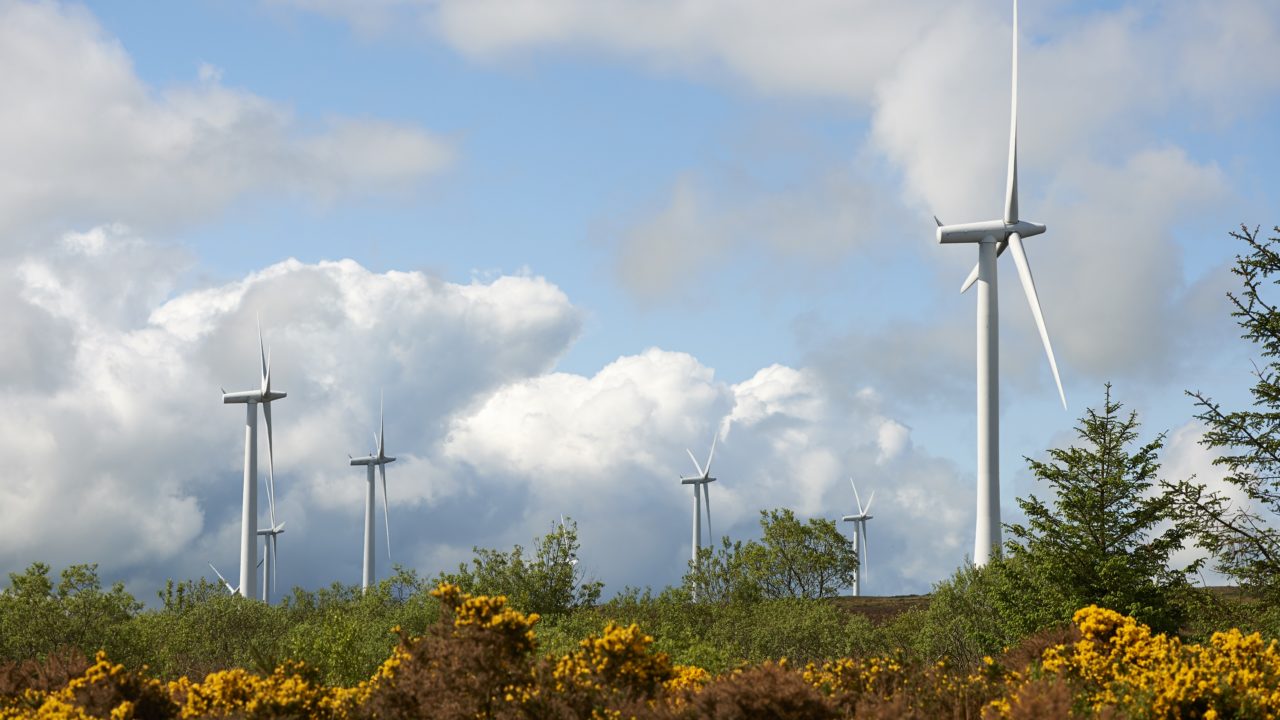Renewable energy generation in Northern Ireland has hit another major milestone as reduced consumption during the pandemic allowed renewables to account for a greater proportion of the region’s electricity.
A government report published today (March 4) has shown almost half (49.2%) of the electricity consumed in the region was generated from renewable sources last year – an increase of 5.6% on the previous year.
Of this, 84.9% of this was generated from wind, 5.4% from biogas, 4.2% from biomass, and 3.4% from solar panels.
The figures show non-wind renewable generation volumes have seen a substantial increase in recent years.
The report published by the Department For Economy details the percentage of electricity consumption in Northern Ireland generated from renewable sources and includes information on the type of renewable generation used.
It measures performance against the 2011-15 Programme for Government target which was to “Encourage achievement of 20% of electricity consumption from renewable sources by 2015” and the Executive’s 2010-20 Strategic Energy Framework which included a target to achieve 40% of electricity consumption from renewable sources by 2020.
Other key findings include the volume of electricity consumption of the year – some 7,416 Gigawatt hours (GWh) of total electricity.
Over the same period, some 3,651GWh was generated from renewable sources in Northern Ireland.
Commenting on the figures, Steven Agnew, head of green energy group RenewableNI, said: “This remarkable milestone demonstrates the commitment from all those in the renewables industry to help reach our decarbonisation targets while at the same time creating jobs, supporting the economy and local communities.
In the last two decades, renewable electricity has resulted in a net £135 million benefit to consumers, a nine million tonne reduction in carbon emissions and the creation of 2,000 jobs.
“The focus now needs to be on how we can increase these benefits further. By setting an 80% target for renewable electricity generation by 2030, we can stimulate over £1 billion of direct investment in new projects.
“Industry and government are working together to create a cohesive energy strategy that delivers for consumers and greenhouse gas reductions need to meet our climate ambitions.
“This needs to include an effective route to market to support renewables and an efficient planning system that facilitates the delivery of net-zero.”
